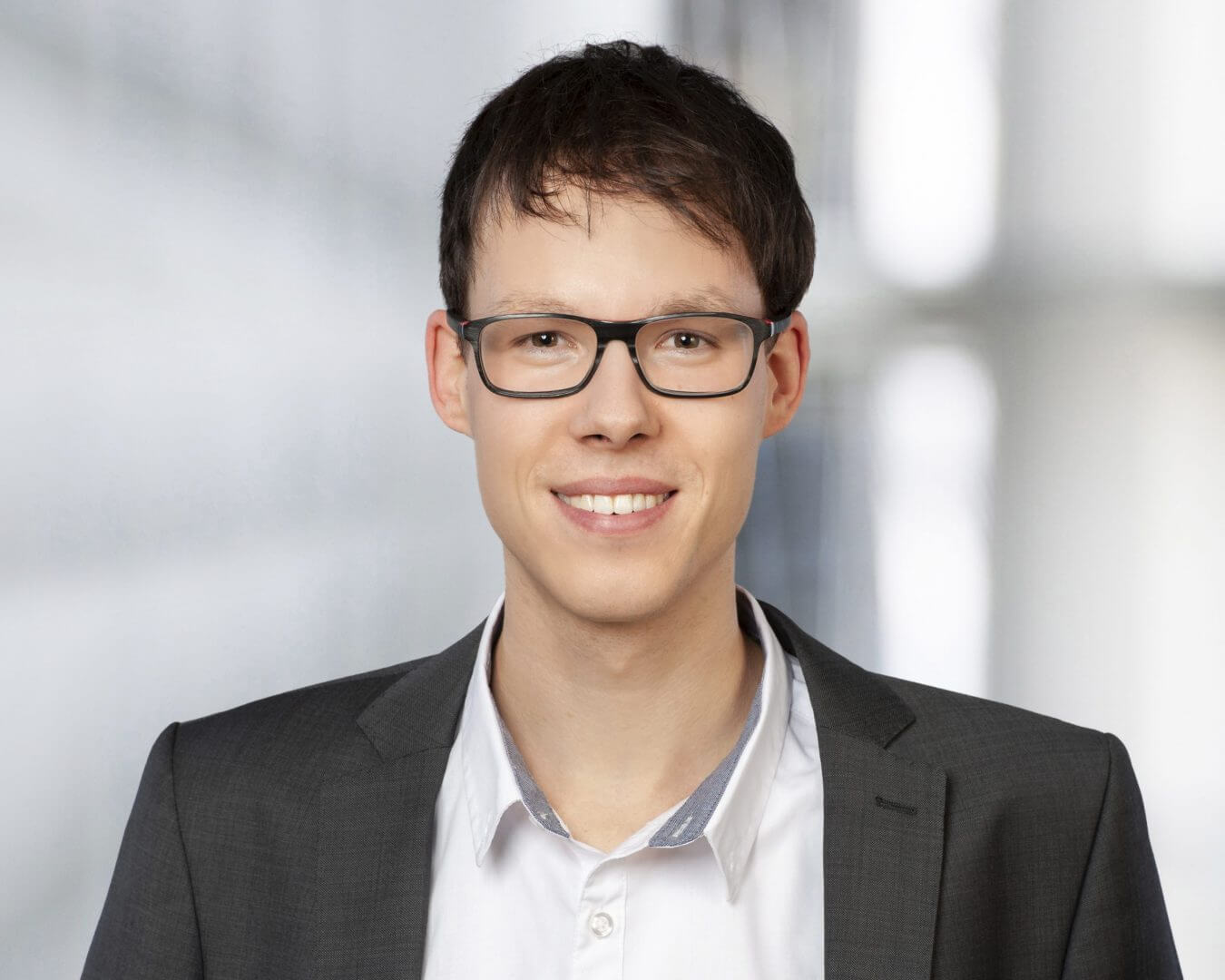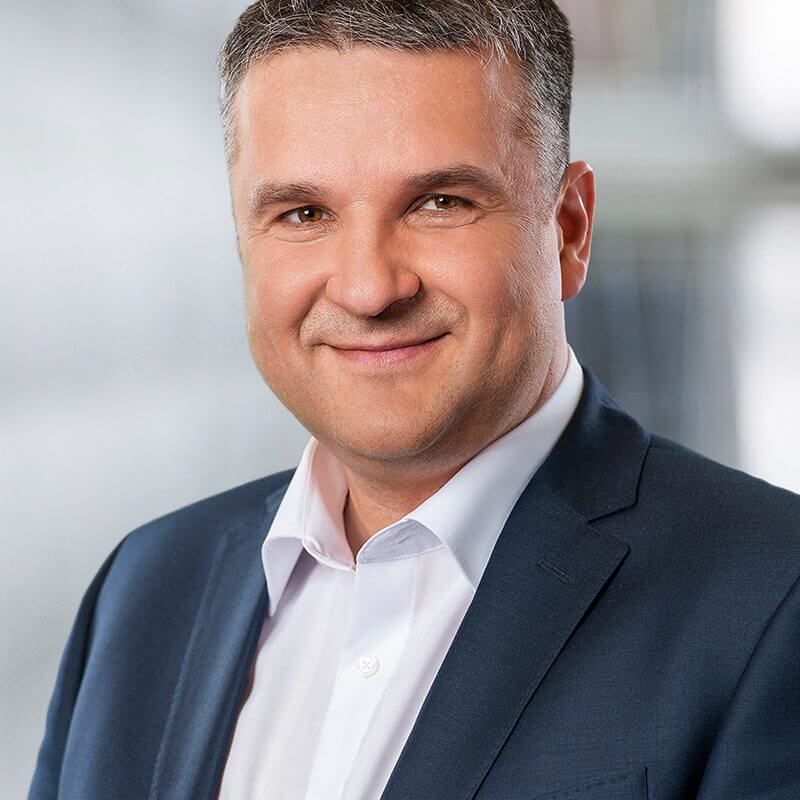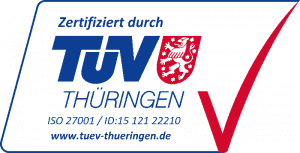Inhalt
IT security teams often have to keep track of numerous, disparate security tools to stem the tide of threats. This is because each alert from the respective software must be monitored, analyzed and interpreted. Due to limited resources and the lack of available skilled personnel, many companies face the particular challenge of keeping up with this development. For this reason, the advancement of Security Orchestration, Automation and Response (SOAR) has gained significant momentum.
But what benefits do SOAR solutions actually offer in concrete terms, and what do companies achieve with them? We provide answers to the 5 most frequently asked questions about SOAR below!
What is SOAR and why do I need it?
Security Orchestration, Automation and Response (SOAR) systems provide a platform to efficiently process incoming alerts from different IT security systems within the enterprise. To do this, they bring together all the relevant information needed to process a potential IT security incident. For the initial alarm, SOAR systems obtain information from a SIEM, EDR or NDR system. They can also connect to an email inbox for phishing analysis. The alert is enriched with public threat intelligence information, results from file analysis tools or internal databases for further contextualization. Furthermore, SOAR offers the possibility to react automatically to alarm messages via the connected systems and to initiate appropriate protective measures. This includes, for example, the deactivation of user accounts, the isolation of affected hosts or the automatic creation of domain block lists. A SOAR supports security analysts in threat and vulnerability management, the incident response process and the automation of various security-related processes.
Playbooks are used within the SOAR system to automatically process alerts. These contain a defined process for information collection, analysis and response, based on the respective use case. Playbooks can react to different results within the analysis process and initiate appropriate action steps.
Playbooks are comparable to the structure of a runbook for analysis, but process the required steps automatically.
What are the advantages of SOAR?
SOAR, which is integrated into the company, is, along with a SIEM, the central tool for handling potential security incidents as part of the incident response process. Specifically, SOAR helps security analysts by automatically (pre-)processing information and alerts. To do this, it combines all the security tools used on one platform, combines the available information and supports the collaboration of several analysts on one case. This enables security analysts to work more efficiently and avert potential damage in a targeted manner. The SOAR also serves to document past events.
In summary, you achieve with a SOAR:
- Central connection of all security tools
- Automatic (pre-) processing of incoming security alarms
- Display of all relevant information at a glance
- Easy collaboration between analysts and cases
- Automatic reaction to confirmed incidents
- Continuous documentation of all events
- Does a SOAR replace our security analysts?
The SOAR system specifically supports the work of security analysts, but cannot replace them. A SOAR system automates recurring tasks, aggregates alarms of one alarm type and reacts to threats with specific measures.
It also unites all security-relevant systems in the company on one platform for central control and provides an overview for all security analysts.
SOAR systems aim to support the work of security analysts through automated processing steps and to initiate initial protective measures. The final assessment of an alarm is still the responsibility of the analyst.
Can SOAR replace our SIEM?
NO. A SIEM system is responsible for the initial detection of potential security incidents. To do this, it first collects data from various sources and analyzes it in real time using use cases. If anomalies are detected, the SIEM issues an alert. After the initial alarm from the SIEM system, it is the security analyst’s task to contextualize it and assess the threat to the company. If the alert turns out to be a concrete threat, it is necessary to respond accordingly as part of the incident response process and initiate appropriate protective measures, such as isolating a host or blocking user accounts.
In all steps after the initial alert, a SOAR supports the security analyst in his work. This includes automating recurring analysis steps, initiating initial protective measures, centrally controlling various security tools, and continuously documenting all steps taken and their results.
Our SOAR solution is not working satisfactorily. How can you help me?
More and more companies want to improve their security process with a SOAR – but this becomes difficult or even impossible, especially when budgets are small or in-house IT security experts are missing. SECUINFRA offers you the possibility to realize your individual SOAR according to a modular principle. Our experts work with you to plan the implementation and optimization of various analysis scenarios and automations.
The support of a SOAR system is not a one-time task, but a continuous process in order to react to the constantly changing threat situation in the best possible way.
Would you like to improve your security process with a SOAR or optimize your existing solution?
Our cyber defense experts will support you! Contact us or give us a call: +49 30 5557021 11










